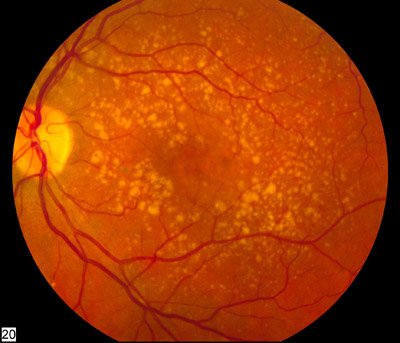Age-related macular degeneration (AMD) is a common eye condition that affects the macula, the part of the retina responsible for central vision. It can lead to blurred or distorted vision, making it difficult to read, drive, or recognize faces. In severe cases, AMD can cause vision loss.
In July 2024, faricimab was approved in Europe for the treatment of visual impairment due to macular edema secondary to retinal vein occlusion. However, a recent assessment by the German Institute for Quality and Efficiency in Health Care (IQWiG) found that there was no proof of added benefit of faricimab over current therapies such as ranibizumab or aflibercept.
The manufacturer of faricimab submitted data from two randomized controlled trials (RCTs) – BALATON and COMINO – comparing faricimab with aflibercept. However, the treatment regimens in these studies did not align with the recommended dosing schedule, making them unsuitable for the assessment. Treatment with faricimab or aflibercept should initially be administered every four weeks, with adjustments based on disease activity.
The data from the studies showed that a significant number of patients stabilized after 8 to 12 weeks of treatment. However, the dosing regimens were not individualized until later in the study, making it difficult to compare the effectiveness of faricimab and aflibercept. The manufacturer did not follow the European Medicines Agency’s recommendation to conduct a study with a treat-and-extend dosing regimen in both arms.
In contrast, the RCT TALON, which compared brolucizumab and aflibercept for wet AMD, used a treat-and-extend regimen in both arms, allowing for individualized treatment intervals based on disease activity. This study was deemed suitable for assessing the benefits of brolucizumab.
Overall, the assessment of faricimab for AMD highlights the importance of conducting studies that adhere to recommended dosing regimens and allow for individualized treatment. Further research is needed to determine the effectiveness of faricimab compared to current therapies for AMD.
This article was provided by the Institute for Quality and Efficiency in Health Care. For more information, visit their website at www.iqwig.de.


